By Film Noir Blonde and Mike Wilmington
The Noir File is FNB’s guide to classic film noir, neo-noir and pre-noir from the schedule of Turner Classic Movies (TCM), which broadcasts them uncut and uninterrupted. The times are Eastern Standard and (Pacific Standard).
PICK OF THE WEEK
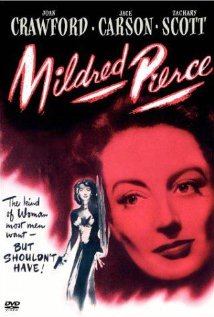 “Mildred Pierce“ (1945, Michael Curtiz). Tuesday, Nov. 19; 10 p.m. (7 p.m.). With Joan Crawford, Jack Carson, Zachary Scott and Ann Blyth.
“Mildred Pierce“ (1945, Michael Curtiz). Tuesday, Nov. 19; 10 p.m. (7 p.m.). With Joan Crawford, Jack Carson, Zachary Scott and Ann Blyth.
Sunday, Nov. 17
10:15 a.m. (7:15 a.m.): “The Big Heat” (1953, Fritz Lang). With Glenn Ford, Gloria Grahame and Lee Marvin.
8 p.m. (5 p.m.): “Johnny Eager” (1941, Mervyn LeRoy). With Robert Taylor, Lana Turner and Van Heflin. Reviewed in FNB on August 4, 2012.
10 p.m. (7 p.m.): “Johnny Apollo” (1940, Henry Hathaway). Tyrone Power and Edward Arnold undergo father-and-son traumas and reversals as two wealthy Wall Street family members gone bad. Directed with Hathaway’s usual tough expertise. Co-starring Dorothy Lamour, Lloyd Nolan and Charley Grapewin.

In “The Big Heat” from 1953, Lee Marvin and Gloria Grahame create one of the most iconic scenes in all of film noir. It plays Sunday morning.
Tuesday, Nov. 19
4:30 p.m. (1:30 p.m.): “Man in the Attic” (1953, Hugo Fregonese). With Jack Palance and Constance Smith. Reviewed in FNB on March 5, 2013.
10 p.m. (7 p.m.). See “Pick of the Week.”
8 p.m. (5 p.m.). “The Maltese Falcon” (1941, John Huston). With Humphrey Bogart, Mary Astor, Peter Lorre, Sydney Greenstreet and Elisha Cook, Jr. Reviewed in FNB on November 10, 2012.
Thursday, Nov. 21
3:45 p.m. (12:45 p.m.): “Jeopardy” (1943, John Sturges). With Barbara Stanwyck, Barry Sullivan and Ralph Meeker. Reviewed in FNB on July 21, 2012.





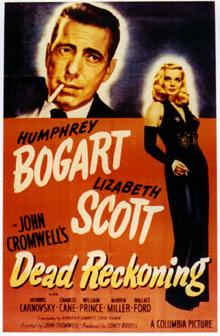

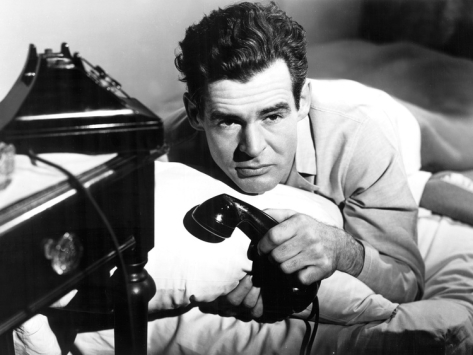
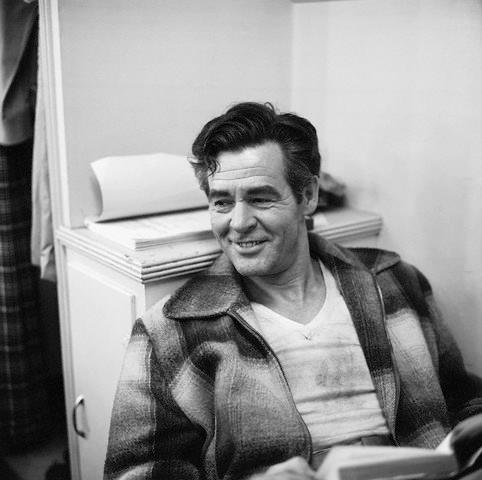

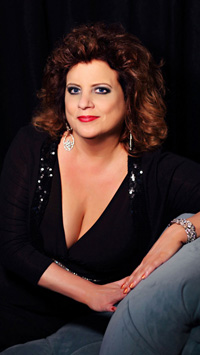
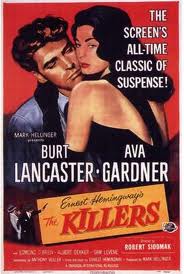
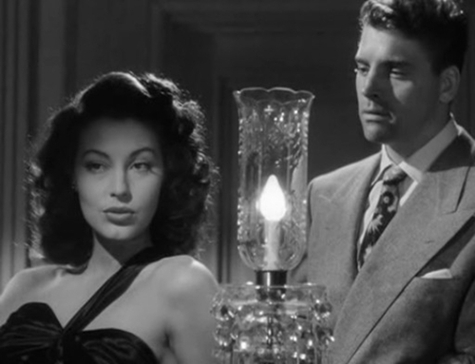
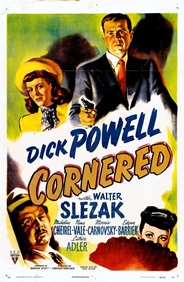
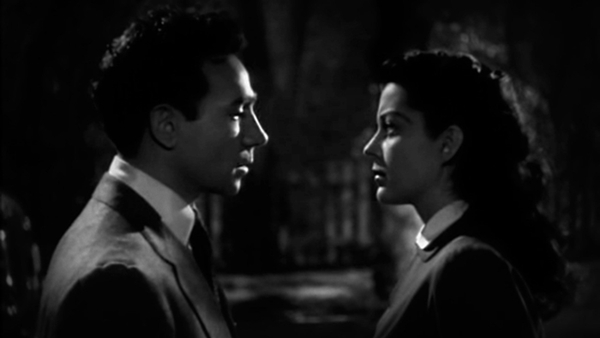
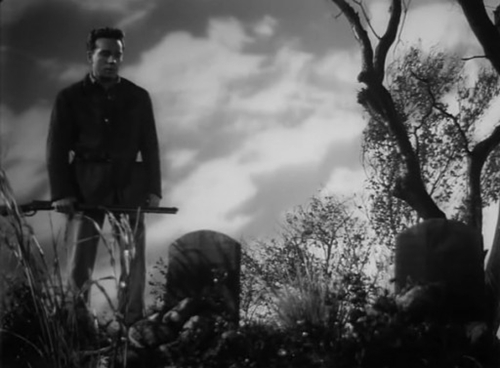
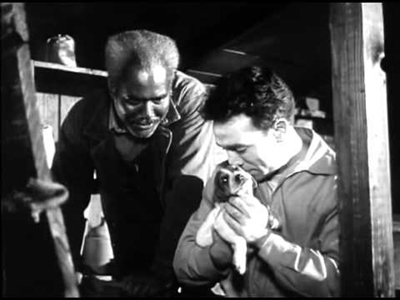
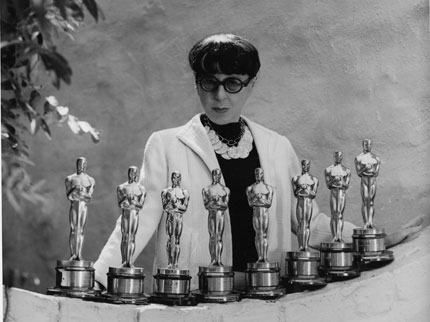
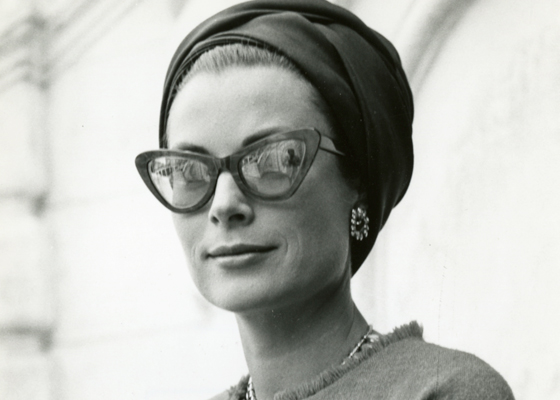

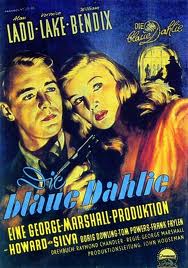
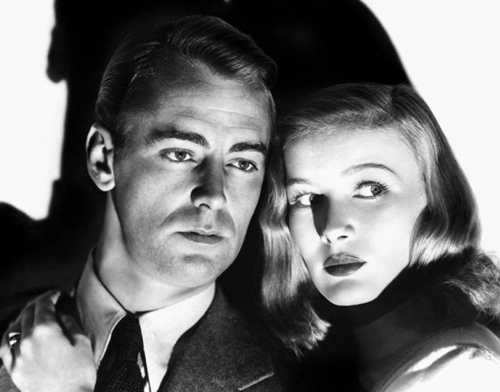



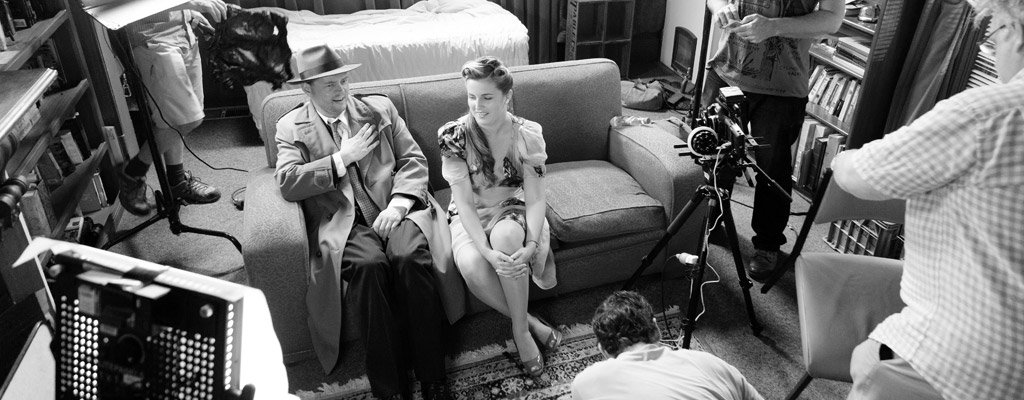





From FNB readers